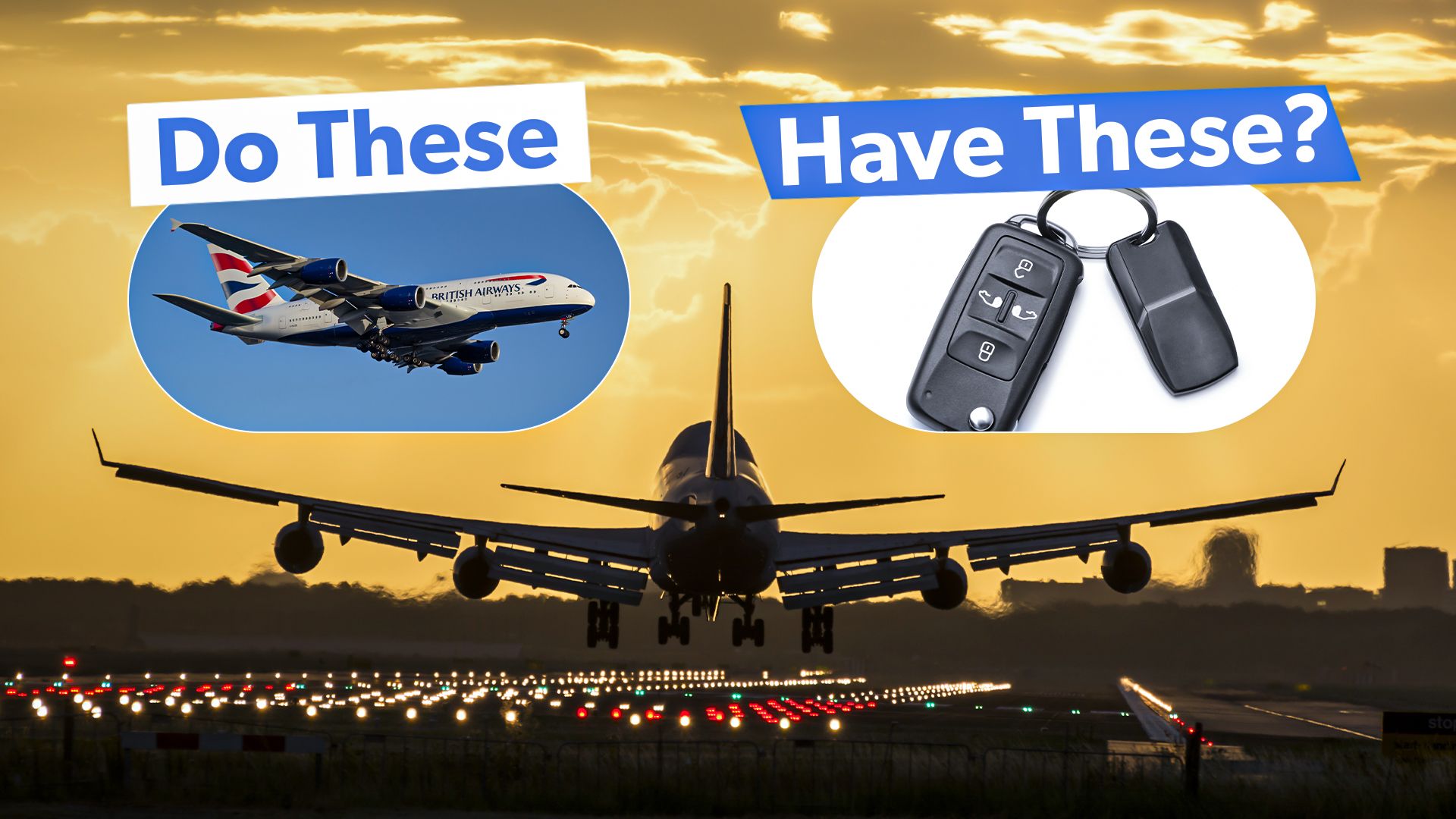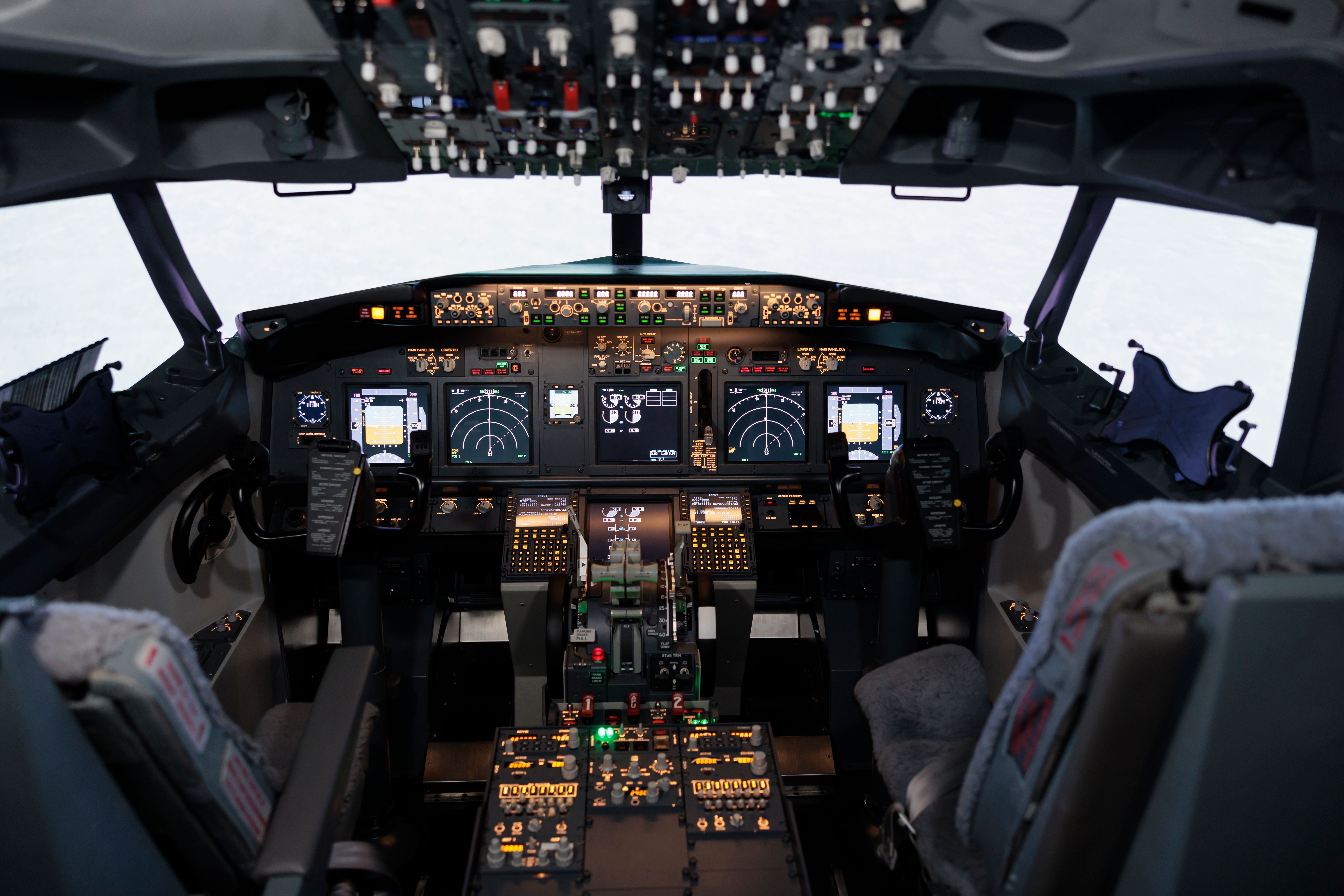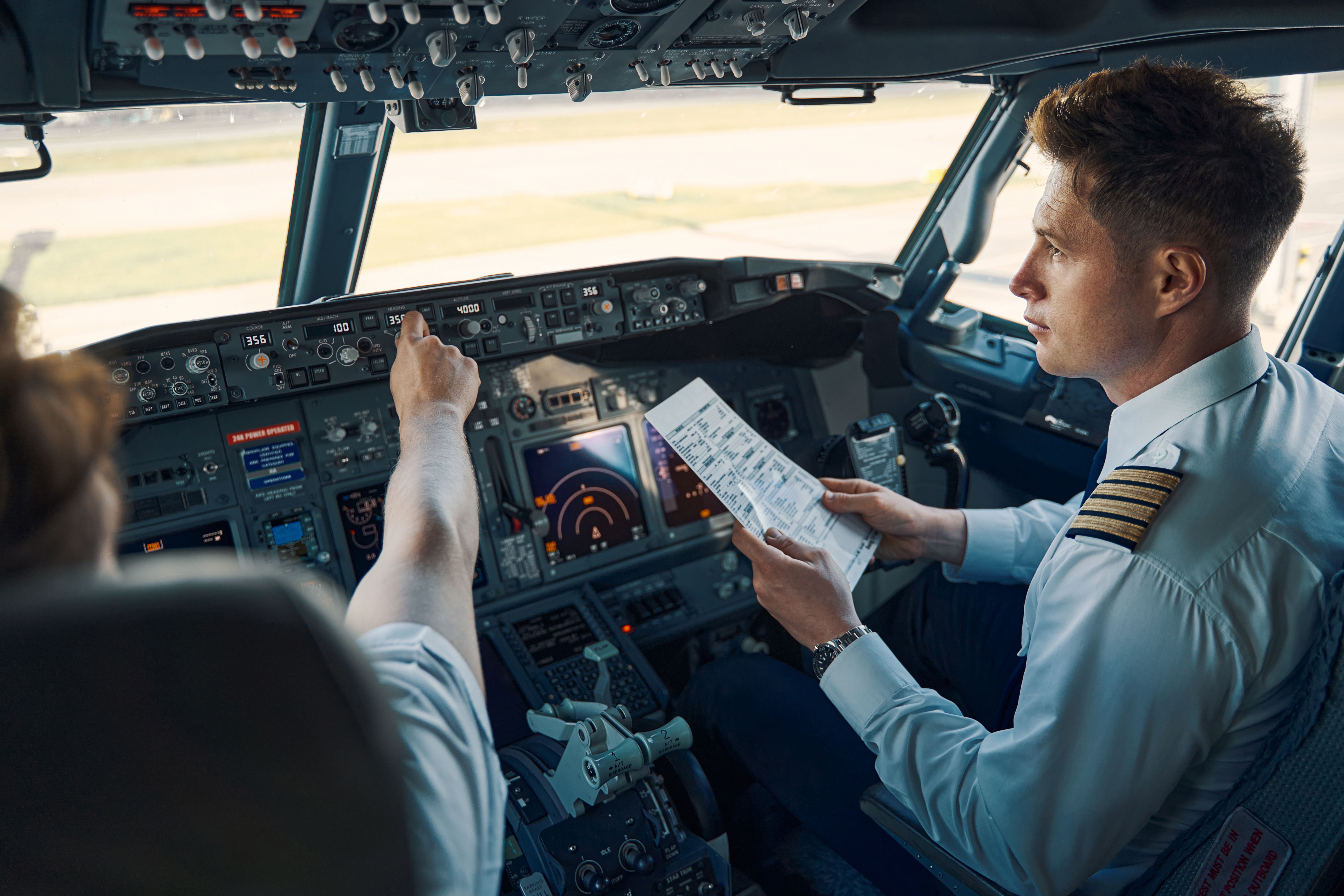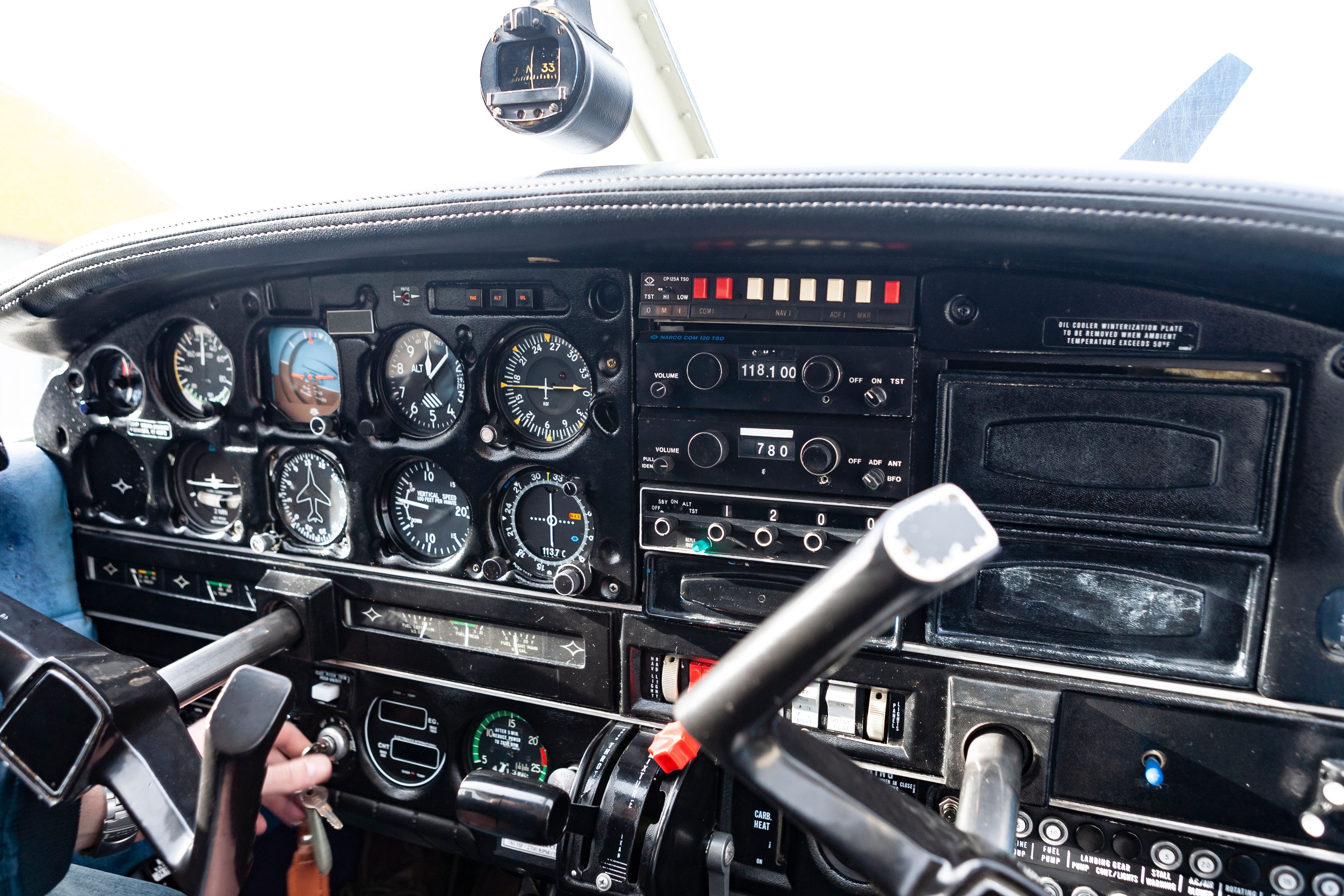Summary
- Commercial jets like Boeing 737 and Airbus A320 do not use ignition keys to start engines.
- Engines started sequentially using switches and electrical power instead of keys in all commercial aircraft.
- General aviation aircraft like Cessna and Piper use ignition keys primarily due to security related to outdoor parking.
Those not familiar with flying an aircraft often wonder if the aircraft has an ignition system similar to cars, such as ignition keys, or if it uses a button or another method to start the engines. Overall, the process of igniting an aircraft’s engines varies widely depending on the aircraft’s make, model, and technological sophistication.
Commercial aircraft: no keys required
Typically, commercial aircraft such as Boeing 737 or Airbus A320 do not require keys to start an engine, nor do they need to open aircraft doors.
Photo: DC Studio | Shutterstock
Initially, aircraft systems are activated using either ground power or internal battery power. This process energizes most of the essential instruments, systems, lights, and communication devices, but it does not directly start the engines.
An Air Canada captain explained that the engines are started using switches and levers in the cockpit, which utilize compressed air provided by the Auxiliary Power Unit (APU). However, he also mentioned an exception to this procedure:
“In the Boeing 787 I fly, engines are started electrically without compressed air from the APU.”
The auxiliary power unit (APU) is a small gas turbine engine located in the tail cone of an aircraft. It provides independent electrical and mechanical power to start the main engines and for pneumatic power for cabin air conditioning systems.
Now the reason why commercial jets don’t need a door lock is the same reason why people might not lock a car when it is sitting in a locked garage. In this respect, security at an airport is generally very good, and planes are kept locked in hangars or attached to jetways that are secure and under constant surveillance.
Starting the engines
The engines are started sequentially, one at a time. Initially, the blades of the first engine begin spinning until they reach a sufficient speed. At this point, fuel is injected into the engine and ignited. Each engine typically has two ignition units that produce a high-voltage spark, similar to a spark plug in a piston engine, igniting the fuel-air mixture.
Photo: YAKOBCHUK VIACHESLAV | Shutterstock
As the pressure increases, it further accelerates the engine. When the engine reaches its idle power speed, the auxiliary power unit (APU) is disconnected.
Who starts the engine?
The pilots are always responsible for starting the engine. But whether it is the first officer or the captain depends on the airline’s policy.
For instance, at Air Canada, engine start-up was historically the captain’s responsibility, but it is now handled by the first officer. The captain, however, still manages the aircraft’s taxiing and is in charge of releasing and setting the parking brake. On the ground, airplanes are maneuvered using hand tillers, which are levers that control the direction of the nose wheel.
Aircraft with ignition keys
Beyond commercial jets, some aircraft use ignition keys, typically found in smaller general aviation planes like those made by Cessna or Piper. Indeed, smaller aircraft are not always stored in secure locations overnight and are often parked outside at uncontrolled airfields. For this reason, they typically have ignition keys that can be removed when the planes are not in use.
Photo: Alessandro Pintus | Shutterstock
A report from Aerocorner notes that, in many instances, the same key is used to start the engine as well as to unlock the door of the plane. This is often the case with small aircraft, which frequently have only one door that can be accessed from the outside.
Ignition keys in general aviation aircraft serve more purposes than just locking the cockpit door.
These aircraft usually feature an electric motor starter, similar to those found in cars. Turning the key functions as a mechanical switch, connecting the battery to the starter motor. During engine run-up procedures, the key is also required to check the two magnetos in the engine’s ignition system.
In addition, some larger private jets also use keys. As noted in a video by Captain Joe, the Cessna Citation features keys that lock the door, which also deploys the stairs for cabin entry. The same key can also access certain cargo compartments. However, these keys are not used to start up the engines.
Do planes ever get stolen?
To put it simply, aircraft thefts still happen, though they are now less common. According to a 1982 report by the United States Department of Justice (DOJ) Office of Justice Programs, “aircraft theft and the theft of avionic equipment were becoming more frequent crimes, often associated with drug smuggling.”
“Airplanes are relatively easy to steal as long as the thief knows how to fly and is familiar with airport procedures. If the owner does not leave the keys in the aircraft, the plane can be hotwired.”
Today, aircraft theft is quite rare due to the complexities involved in stealing an aircraft. However, a notable and highly reported case occurred in 2018 when an employee stole an
Alaska Airlines
De Havilland Dash 8 turboprop from Seattle-Tacoma International Airport (SEA). The person in question performed dangerous maneuvers before intentionally crashing the aircraft into a nearby island.
The individual was later identified as Richard Russell, a 28-year-old Horizon Air ground service employee from Pierce County, Washington. As a result of an intentional crash, he died immediately at the scene.
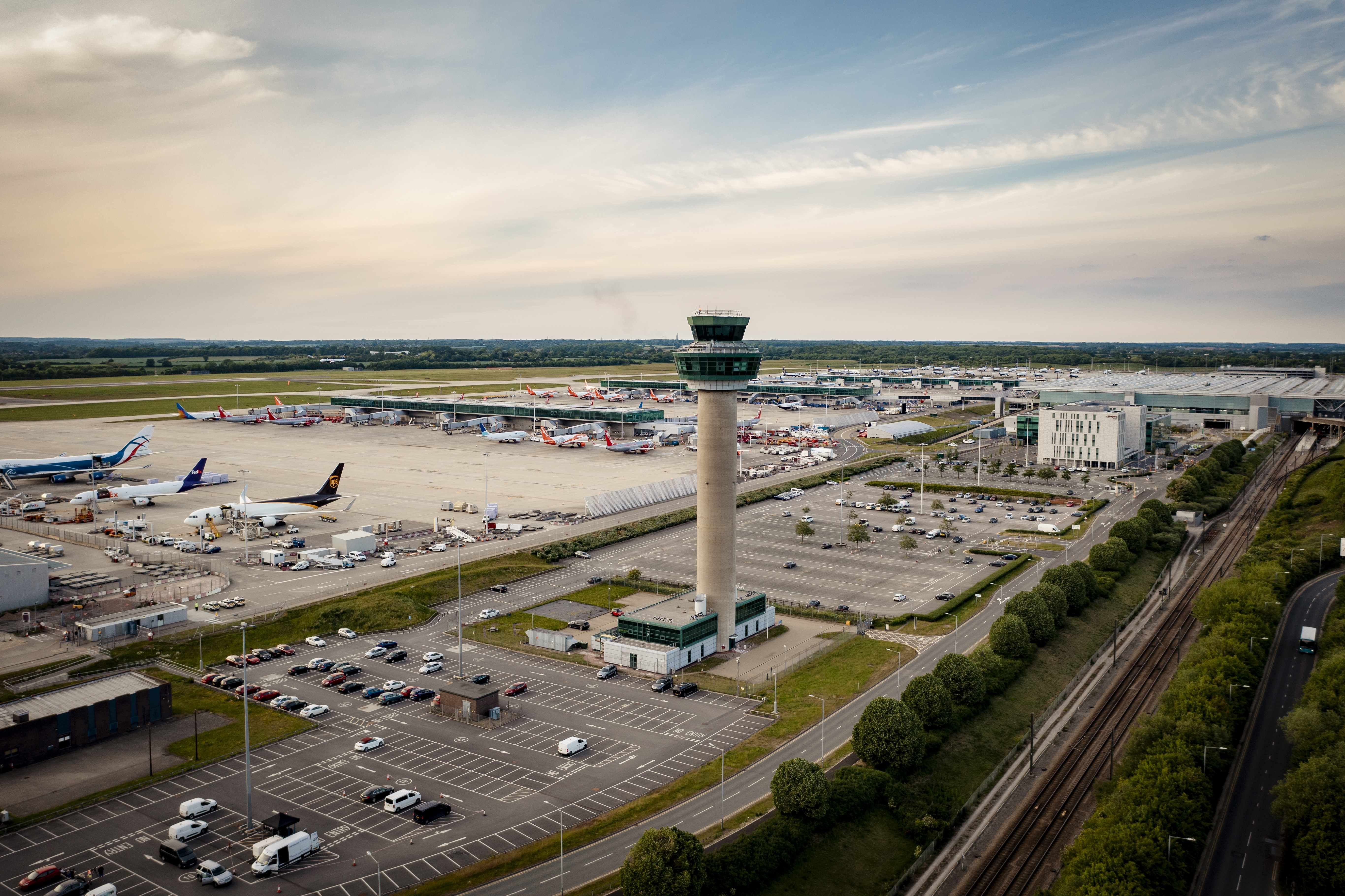
Related
London Stansted: The UK’s Designated Destination For Hijacks
There are various factors that make the Essex airport an ideal candidate for this role.

